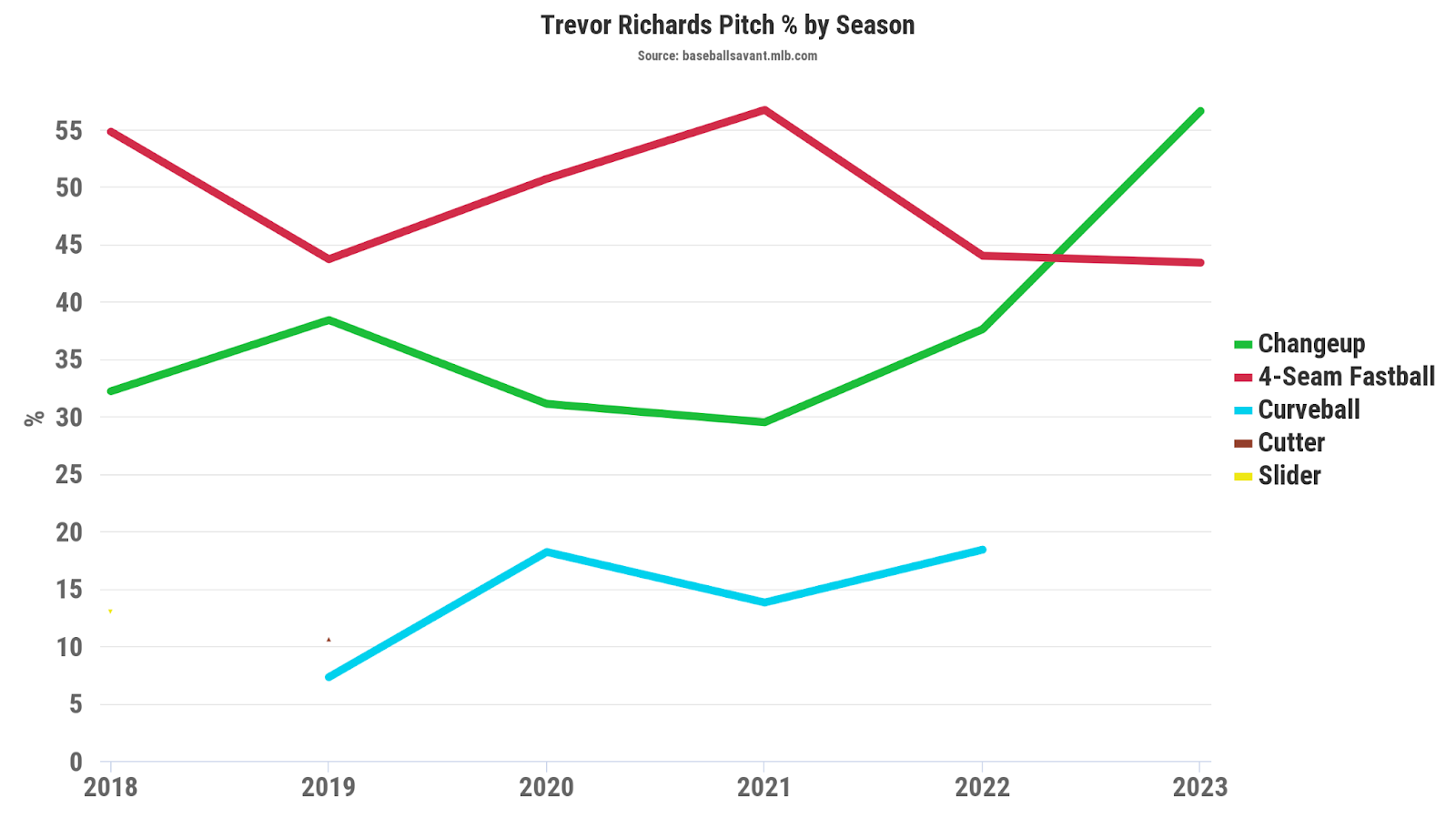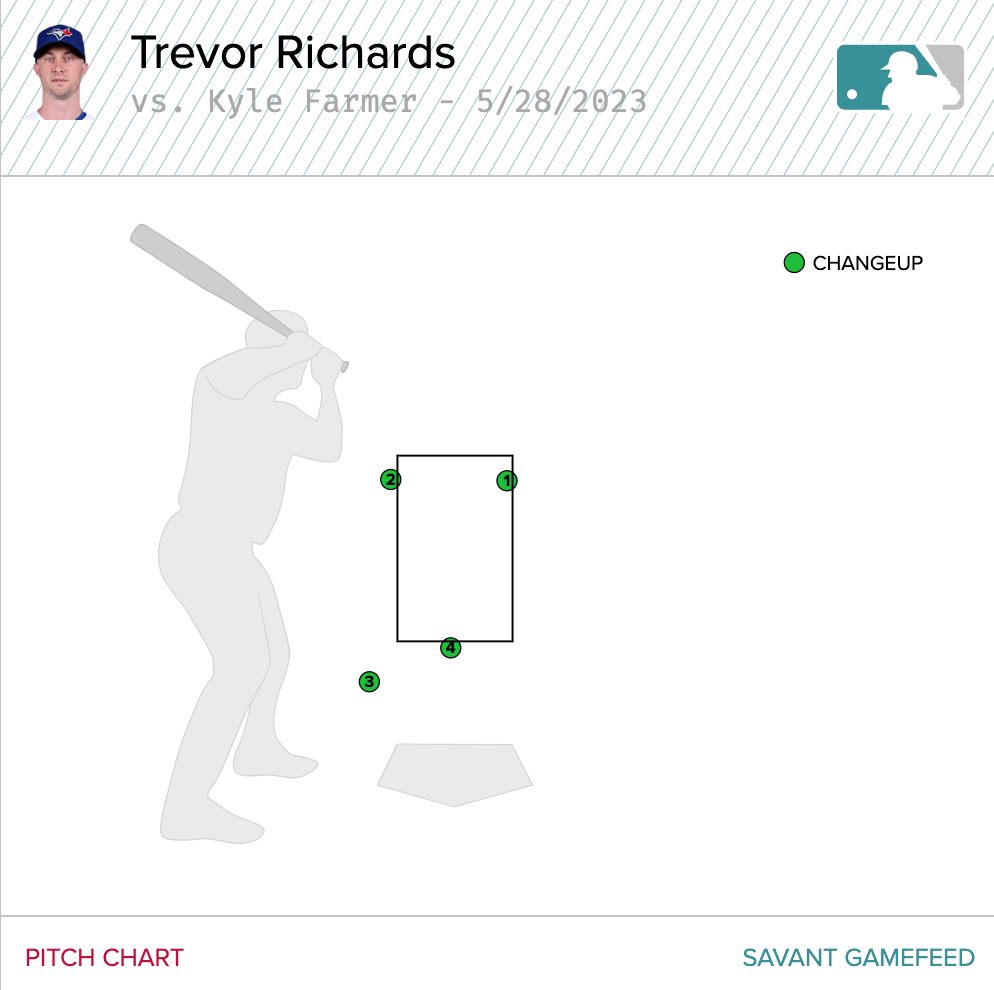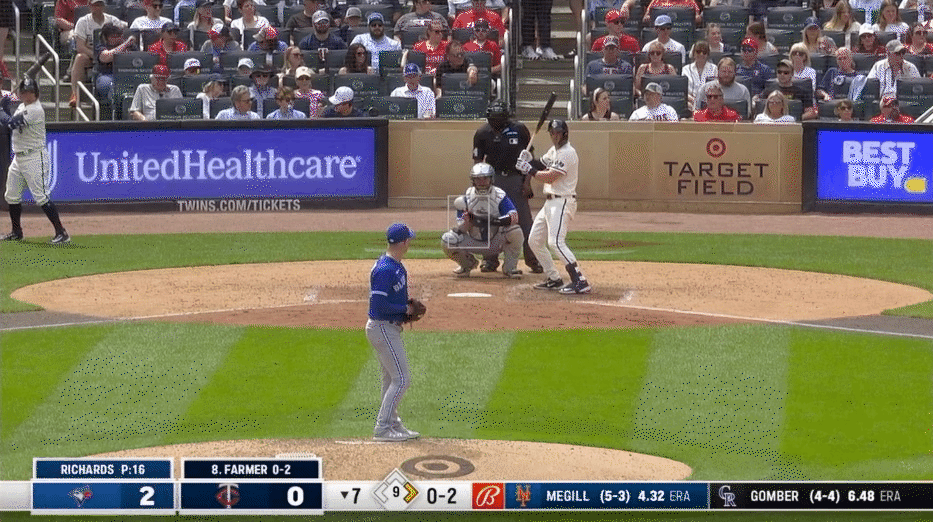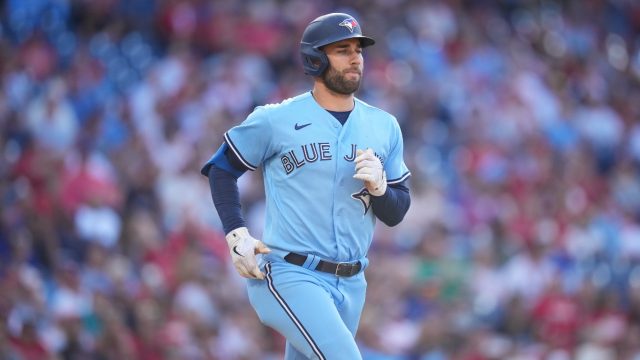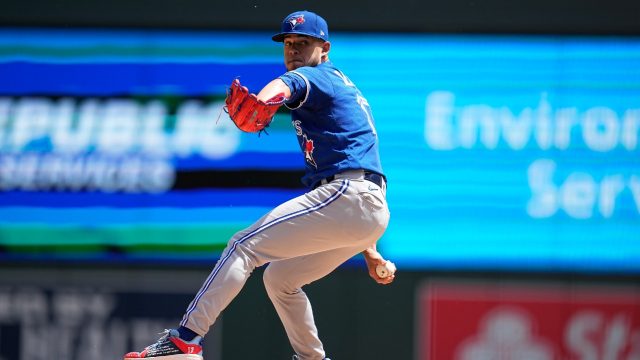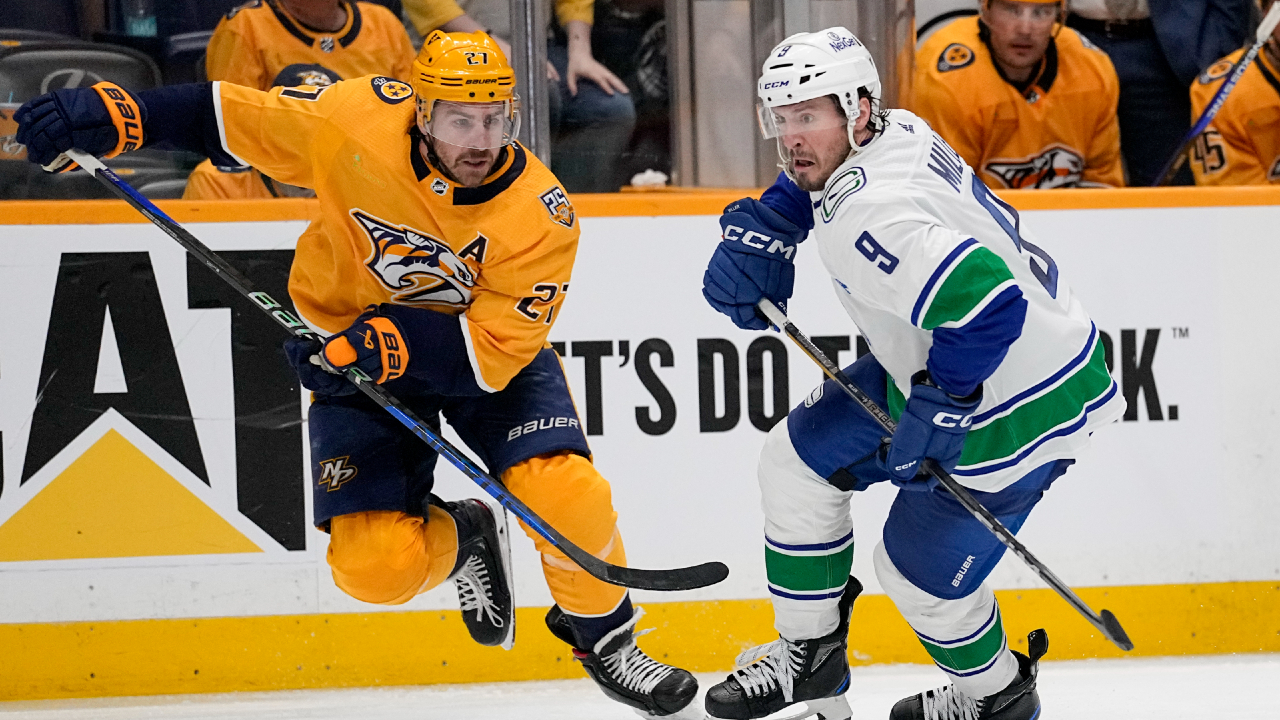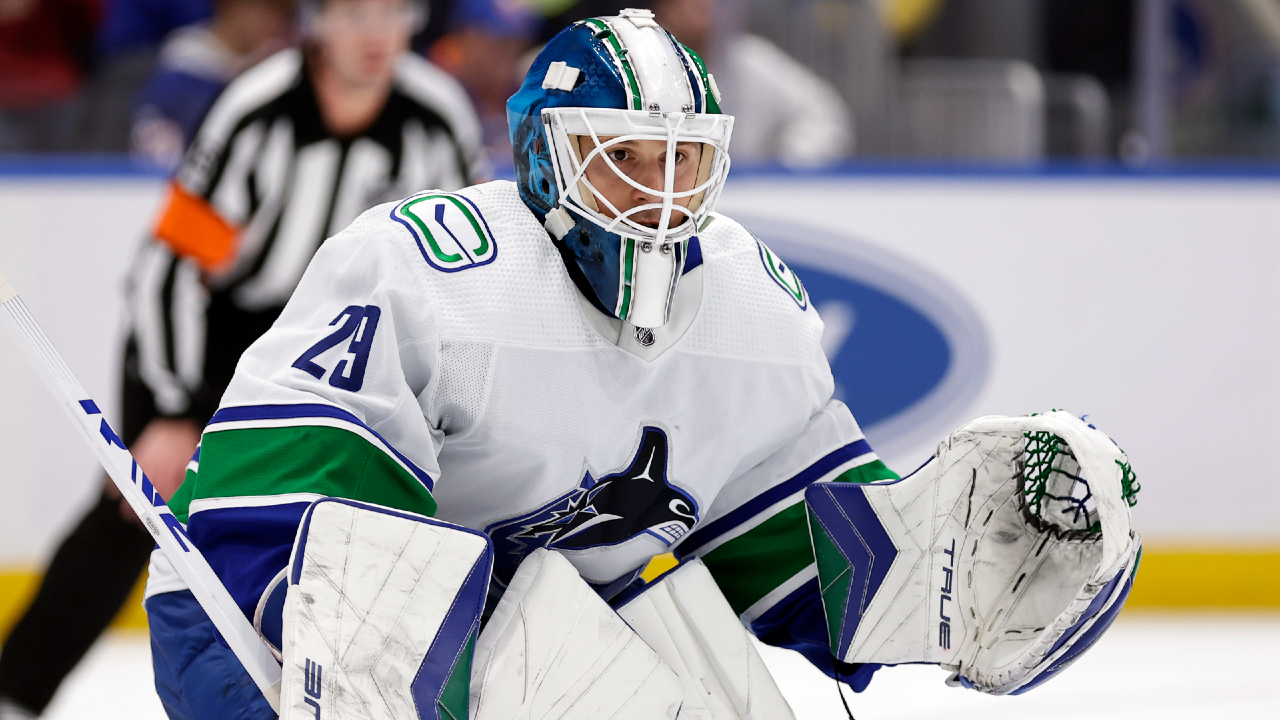
There have been times over the last season and a half where Trevor Richards’ best claim to a roster spot has been the fact he’s out of options.
More recently, he’s proven to be one of the Toronto Blue Jays’ most effective relievers.
It’s understandable to doubt Richards coming off a poor 2022 season that saw him post a 5.34 ERA, but he looks like a different pitcher this year. The right-hander has always been able to generate whiffs due to his elite changeup, but that strength has been compromised by the hard contact that’s come against him.
This year, he’s done a far better job of managing contact than ever before, blowing away previous career bests in a number of metrics.
|
Statistic |
2023 |
Previous career best |
|
Average Exit Velocity |
86.8 mph |
88.3 mph |
|
xBA |
.156 |
.218 |
|
xSLG |
.290 |
.410 |
|
xwOBA on contact |
.322 |
.360 |
|
Hard-hit rate |
27.1% |
34.7% |
These numbers come from a small 22-inning sample, but they dwarf Richards’ established norms — and they’re backed by a tangible change in approach.
It’s no secret that Richards’ best pitch is his changeup, but in 2023 he’s finally throwing it the majority of the time. He’s dropped his curveball entirely and his fastball rate has stayed the same — allowing his change usage to skyrocket.
When a pitcher uses a single secondary pitch as often as Richards is leaning on his changeup, it’s reasonable to worry about diminishing returns. If the right-hander is going with his signature offering more than half the time, it could give opponents a better chance to sit on it and have greater success against it.
Richards hasn’t had that problem this season.
In fact, the way hitters are faring similarly against his changeup this year compared to 2022.
|
Season |
BA vs. CH |
SLG vs. CH |
CH Whiff% |
PutAway% |
|
2022 |
.176 |
.241 |
48.7% |
27.9% |
|
2023 |
.135 |
.250 |
48.7% |
26.6% |
There isn’t a profound difference in the way the pitch is moving or where Richards is putting it; he’s simply leaning on it more without sacrificing anything.
While conventional wisdom states that a changeup is a pitch that works off the fastball, the right-hander is demonstrating that his thrives on its own merits. He proved a pertinent example of that on Sunday when he painted the corners perfectly with change against Kyle Farmer, opting not to show him the fastball once.
The matchup ended with a picture-perfect pitch just below the zone to earn a strikeout.
We haven’t seen enough of Richards in 2022 to be confident that he can continue to perform at this level. But becoming a two-pitch pitcher and focusing on his best offering appears to be helping him.
His 3.68 ERA doesn’t jump off the page, but his xERA of 2.87 is almost a full run better than his previous career best from 2021 (3.84). If he keeps managing contact like he has, his numbers should improve.
The Blue Jays have clearly taken notice of his strong form. In his first nine appearances, he came into a game with a leverage index above 0.50 only once — in an extra-innings contest. Since then, his average leverage index entering games has been 0.83 and two of his last three outings have come in high-leverage spots.
It’s not fair to expect Richards to become a go-to late-inning force, but he’s working his way up the pecking order.
Although there might have been times in his Blue Jays’ career when he’s been the least-trusted pitcher in the team’s bullpen, he’s making a well-earned move toward the other end of that spectrum.


